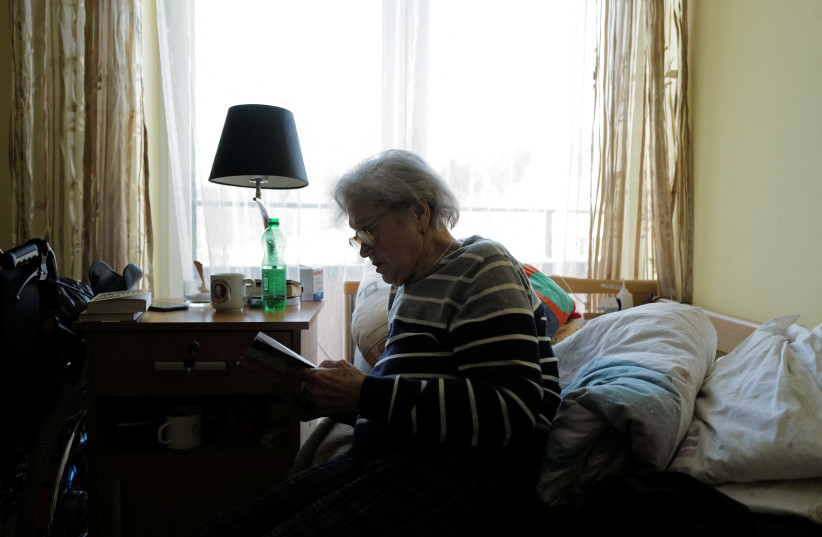Substance abuse has long been considered an issue for the young not the old, but recent data from the National Insitute on Drug Abuse (NIDA) shows that the proportion of people with a substance use disorder (SUD) who are elderly doubled between 2000 and 2012 from 3.4% to 7.0%.
The total number of people with a SUD didn't change greatly implying that it is possible that the proportion of elderly people with a SUD will increase further.
This has many implications for healthcare services across the world, including both preventative and palliative care.
The first major issue with increased substance abuse among the elderly is how their prescription drugs interact with their recreational drugs. 80% of participants aged 57-85 in one study reported using at least one prescription medication daily, with nearly half reporting using more than five medications, leaving 1 in 25 at risk of major drug-drug interaction.
The most major recreational substance used by the elderly was alcohol with 65% of people aged 65 and older reporting high-risk drinking and 10% binge drinking. One study reported a 107% increase in alcohol use disorder from 2011 to 2013 in adults aged 65+.

Baby Boomers and drug use
A New York Times report showed that two percent of Medicare enrollees over 65 reported a SUD of which 87% abused alcohol. The same report showed 8.6% abused opioids (mostly painkillers), 4.3% involved cannabis, and a final two percent involved non-opioid prescription drugs such as tranquilizers and anti-anxiety medication.
Opioids have been a persistent problem for American health experts for many decades, and in the last few years, this has become a national crisis as synthetic opioids account for around two-thirds of all drug deaths. Synthetic opioids have thankfully not become a major source of abuse for the elderly, however, prescription opioids do cause significant problems. Four to nine percent of adults aged 65+ take prescription opioid medication for pain relief, there was a nine-fold increase in opioid prescription among the elderly from 1995-2010.
The use of cannabis by the elderly has also increased with nine percent of adults aged 50-64 reporting having used the drug in 2016. The use of cannabis by adults aged 65+ increased greatly from 0.4% in 2006 to 2.9% in 2016. One-quarter of adults aged 65+ also reported being recommended medical cannabis by a doctor.
One issue raised by The New York Times report is different generational attitudes towards drugs. Many adults now entering old age, 65+, came of age during the 1960s when a common adage was “If you can remember the ’60s, you weren’t there.” The report suggests that due to long-term use and habit-forming, it is quite difficult to tackle drug use in elderly people who have been using these drugs since their youth. This generational cohort's long-term drug abuse may be the source of the recent uptick in drug use among the elderly.
